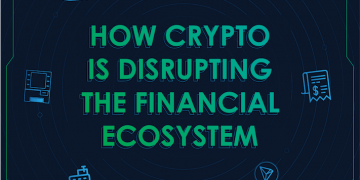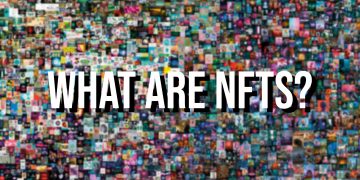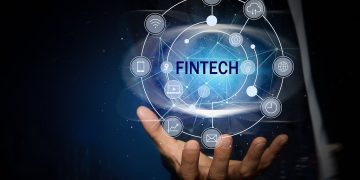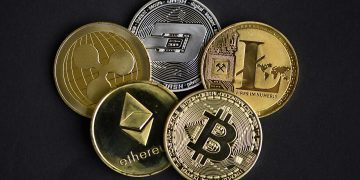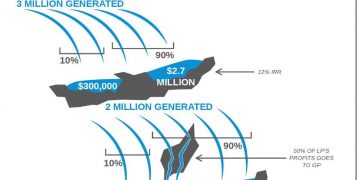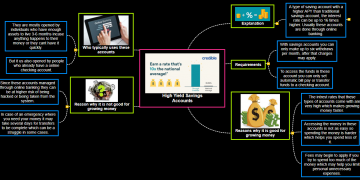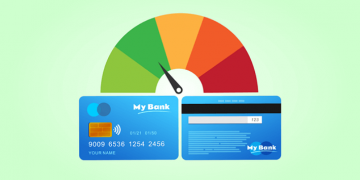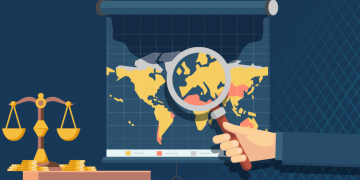Exposing NFT fantasies
NFTs, cryptographic tokens which are exceptional and not exchangeable together, are being advertised right now via online media and in conventional media. I have perused numerous imbecilic takes advancing crypto beginning around 2009, yet the NFT ones are the stupidest. And negative, this isn’t on the grounds that NFTs “devour a tropical jungle each time you mint one”. This contention is two times immaterial as open blockchains burn through the spot on measure of energy for the security and monetary advantages they give, and NFTs would, in any case, be overhyped regardless of whether they required no energy to deliver.
Allow me to express that it’s totally OK for designers to sell their work on their site, or on an outsider stage. It’s additionally OK for fans to spend their cash in the manner which they need it. My main issue with NFTs is that they depend on obviously false. Assuming NFT advertisers weren’t lying about their item, I wouldn’t mind.
NFTs aren’t actually scant
Not just the advanced creation that NFTs address can be replicated voluntarily (a precise piece for a bit), yet NFTs themselves are not scant:
You just have the expression of the maker and guarantor that the main 100 tokens will be delivered. Nothing keeps them from stamping some more later on.
NFTs are bound to one savvy contract on one stage. Comparable agreements could be conveyed on something very similar or different frameworks.
Public blockchains are consistently forked, implying that the tokens will unavoidably be copied.
NFTs aren’t connected with the substance they expect to address
An NFT is really a chronic number produced by a product. A similar programming records that “this symbolic ID” has a place with “this location”. However, it is basically impossible to confirm that the symbolic ID is really connected with the advanced creation (JPG, MP4… ): the symbolic ID doesn’t insert a hash of the computerized creation, nor does the advanced creation implant a computerized signature that could be checked. You just have the expression of the backer that they are connected. In the best-case scenario, NFTs are a few sorts of “clear computerized testaments” where the clear must be filled and bore witness to by the outsider guarantor. Assuming that NFTs were carefully endorsed by the maker, basically, they would be what could be compared to autographs*. As an outline, perceive how this craftsman had the option to change his manifestations altogether with no effect on the comparing tokens.
*Update: no less than one stage means to give signed computerized content (tweets), despite the fact that it’s not satisfactory what the advanced mark is actually and how to confirm it freely prior to purchasing the NFT. It appears to be just the “signature” is the confirmation that to sell a tweet you should utilize your Twitter accreditations to associate with the penny/resources site, implying that the proprietor of the Twitter account really sent off the selling system. It looks feeble to me, as I anticipated that an actual digital signature should be implanted in the symbolic that could be checked utilizing a public key. Assuming this point of failure is affirmed, the penny/assets token would be more like an “unwashed worn pullover” implying that they are some sort of close-to-home “connect” between the maker and the token (yet it’s anything but a computerized signature).
NFTs aren’t decentralized, they’d work something very similar with a SQL data set on a site
Hypothetically, people could mint tokens themselves, and use “adequately” decentralized sale and revelation administrations through confided in open source customers. This isn’t the current circumstance anyway on account of Nifty and different stages:
The printing system (“essential market”) is completely overseen by an outsider. That outsider goes about as a specialist, taking a cut simultaneously. That outsider could be faking it, committing errors, or being hacked. This denies the advantages of utilizing a public blockchain in any case.
The exchanging system (“auxiliary market”) is additionally overseen by a similar outsider. Basically, you can’t do shared exchanging of exceptional articles. You want a concentrated stage where the revelation interaction happens among purchasers and dealers. They host to enroll on the third gathering site to make trading offers and convey together.
The public blockchain is simply utilized as a recording framework. Those chronic numbers, exchanges, and clients could be recorded all the more effectively in a SQL data set. You can be certain that the sites of the NFT backers store their information in a SQL design at any rate, so why copy the information and the work?
At last, NFT stages have structures that permit individuals to report a piece of content and have it brought down. On the off chance that an NFT deal can be brought down, how could it be not the same as a deal on a standard site?

